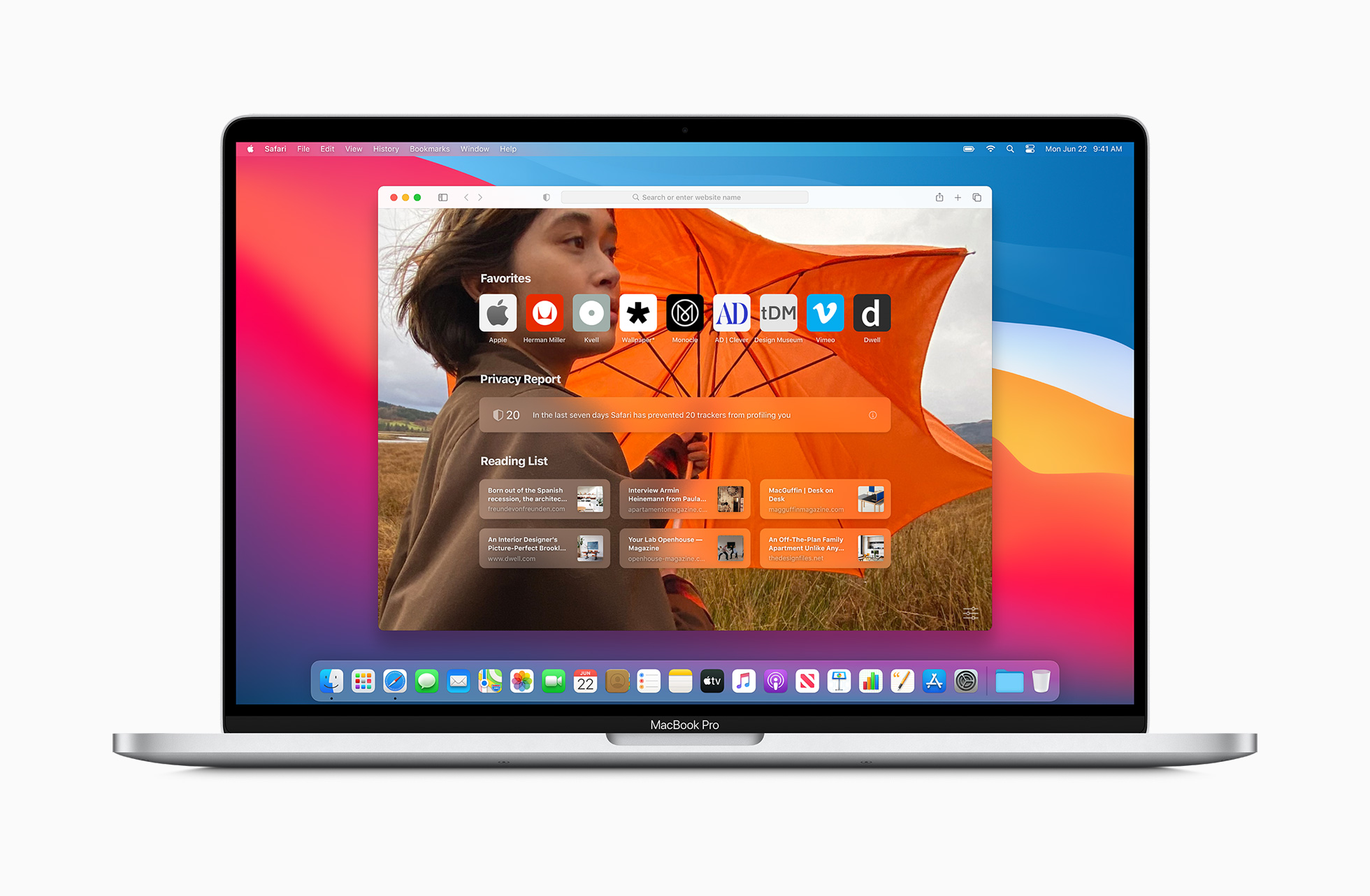

Why would you want to do that? Fair question. When you first connect, your cursor “pushes through” from the Mac’s screen to the iPad’s. It’s multitasking between multiple OSes and devices instead of just multiple apps.

With Universal Control, though, you’re still using iPad OS on the iPad’s screen - you just don’t have to take your hands off your Mac’s input devices to get there. You’ve been able to use iPads as wired or wireless external Mac monitors for many years through official or third-party means. Just one that you can control with the keyboard and trackpad you were using seconds ago with your Mac. But it’s not a Mac monitor - it’s still an iPad.

Just nudge your cursor to the side of your Mac’s monitor, and it’ll jump on over to the iPad like it was another monitor hooked up to your Mac. If you haven’t heard of Universal Control, it basically lets you use your Mac’s keyboard and mouse or trackpad to control your iPad (or another Mac, though I haven’t been able to test that). Universal Control is now available in iOS 15.4 and macOS Monterey 12.3, and if you can make it work in your setup, you really ought to try it. But there’s another new option that I’ve been testing that flips the entire idea of an external monitor on its head. Apple just released the Studio Display, its first vaguely affordable (as in not $6,000) new monitor in more than a decade. There’s a subtle point of “resistance” before your cursor goes over the edge of one display and appears on another, which should help mitigate your mouse wandering off when you don’t want it to.It’s been a good month for Mac desktop setup aficionados. Instead, you’ll just need to make sure your devices are close together, and you should be able to drag items with your mouse. How to use Apple's Universal ControlĪll signs from recent macOS betas suggest that Universal Control will be automatically enabled by default once macOS 12.3 and iPadOS 15.4 have been installed on your devices.Īs for setup, as we mentioned earlier, there isn’t really any. That update is slated to arrive next week, alongside iPadOS 15.4 which presumably enables the feature on the iPad side of things. When is Apple's Universal Control arriving?Īfter being delayed out of the macOS Monterey launch, Universal Control will finally arrive as part of macOS 12.3. That’s a wide range of devices, but if you want to use it with an iPad, you’ll want one of the following: The following Mac computers can use Universal Control: (Image credit: Apple) Can my Mac use Apple's Universal Control? This will stream content from, say, your iPad to your Mac’s screen, but the file will still live on your iPad itself. That’s also different from AirPlay to Mac, also included in macOS Monterey. Universal Control, on the other hand, would see your file copied or even moved entirely to another device. So while you can drag files onto your iPad through Sidecar, it’s still technically on your Mac – just in a different place. What makes Universal Control different from Sidecar is that there’s no initial connection needed, and files can be transferred. Sidecar allows your Mac to connect to the iPad and extend or mirror its display through it, and it works really well if you need additional screen real estate.

If you’re already using your iPad as an external display, then that’s done through Sidecar. How is Apple's Universal Control different from Sidecar? It’s the closest we’ve come to an effortless, multi-device future in the Apple ecosystem, and it’s likely to open plenty of exciting possibilities. Since it’ll work on the iPad, too, you’ll be able to drag and drop an image from your tablet straight into a work presentation on your Mac, or send a document to your iPad, sign it with your Apple Pencil, and fire it back.


 0 kommentar(er)
0 kommentar(er)
